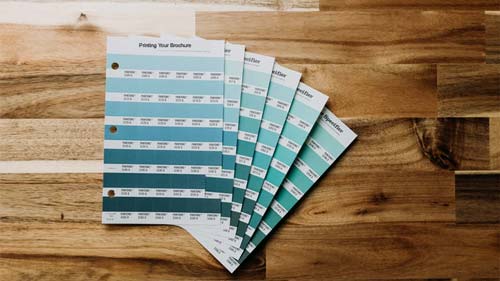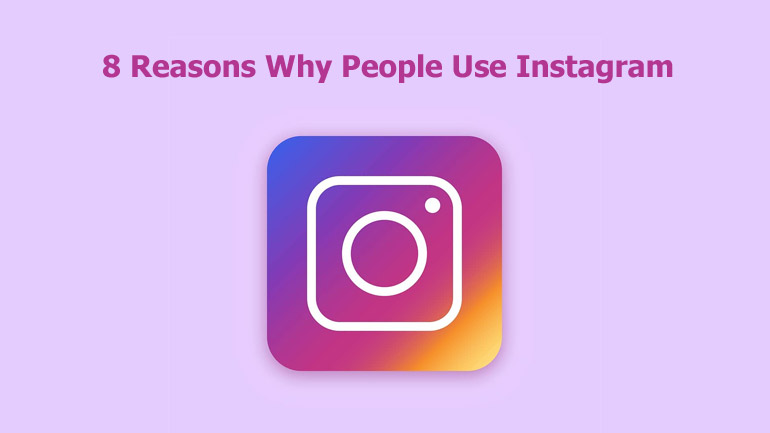
So you need to get a brochure printed? You’ve made a great marketing choice. Brochures are easy to distribute, cost-effective, and create brand awareness. But for your brochure campaign to be successful, you need to make sure that you’re going about it the right way. In this guide, we’ll take you through the essentials that you must know about brochure printing.
What is the Purpose of the Brochure?
First and foremost, you need to determine the purpose of your brochure. How can you create a compelling brochure that engages your customers without first defining its overall purpose? The aim of the brochure will guide every content decision you make, so having a clear idea of the brochure’s purpose is essential. The last thing you want is to create a jumbled mess that has no coherent message. Is your aim to showcase your products or services? Or will the brochure contain general information about the business to pique people’s interests? Perhaps you’re creating a brochure to advertise an upcoming event or series of events? Whatever the purpose of your brochure, make sure that all who are involved in the brochure creation process know exactly what the purpose is.
What Size Will Your Brochure Be?
After you’ve defined the overall purpose of your brochure, you need to think about how big you would like it to be. If you’re planning to create a magazine or a general informative overview of your services, you should consider choosing A4. After all, you want readers to be able to easily read the content. A larger brochure also allows you to spread the information out a little more, making it far more visually appealing than if the content is packed too tightly. Alternatively, there are several other sizes to choose from. For example, more businesses are printing brochures in square sizes, as they stand out from the crowd and make the brochure a little more memorable than a standard A4 one. In addition, DL is an increasingly popular brochure size, especially for direct mail campaigns.
How Will You Design Your Brochure?
A thoughtfully designed brochure is vital. After all, it is a representation of your business. It should be eye-catching and pleasing to look at. For this reason, you should consider hiring an external graphic designer to create your brochure if you do not have the in-house expertise. It might be tempting to create the brochure yourself, but you should only do this if you have the necessary skills. Should you decide to design the brochure in-house, make sure to stick to your brand guidelines, limit the number of fonts you use, write to appeal to your target audience, emphasise headlines, choose colours carefully, and include high-quality images.
Be Aware of Trim Line, Bleed Area and Quiet Area
Whichever brochure printing service you choose, they will emphasise the need for a clear trim line, bleed area, and quiet area. Failure to properly declare the trim line and include a bleed and quiet area might ruin your brochure design. After months of hard work, that is the last thing you want! The trim line shows the printer where to cut the paper during the printing process. Additionally, always include a 3mm bleed area in your brochure design. The cutting blade is not always 100 percent accurate, and the last thing you want is for design elements removed from your brochure. To avoid losing parts of your design during the cutting process, leave a 3mm bleed area on every side of your brochure design. We also recommend leaving a 5mm quiet area containing no important text, imagery or graphics, as elements too close to the trim line make your design appear overcrowded.
Which Binding Option is Best for Your Brochure?
You have a few options for binding: staple, perfect, or wiro binding when it comes to binding. Staple binding is ideal for smaller brochures, such as magazines, product brochures or business reports. Alternatively, perfect binding is ideal for thicker documents such as large corporate reports and prospectuses. Finally, wiro binding is a popular option for documents that must be long-lasting, such as customer manuals, reference guides, and reports. You should weigh up the pros and cons of each binding option before selecting one, as they all differ in price and durability.
Proofread Your Design
Before you send your brochure design to the printers, proofread it several times. However, your eyes aren’t going to be enough. It is good practice to ask others to proofread the document, too. While you might not spot any errors, someone else might! The last thing you want is to have thousands of beautiful brochures printed to find out there are several typos in the text. However, it’s only grammatical errors you should be looking out for. You should also check that the design elements look right.




